Recent Posts
-
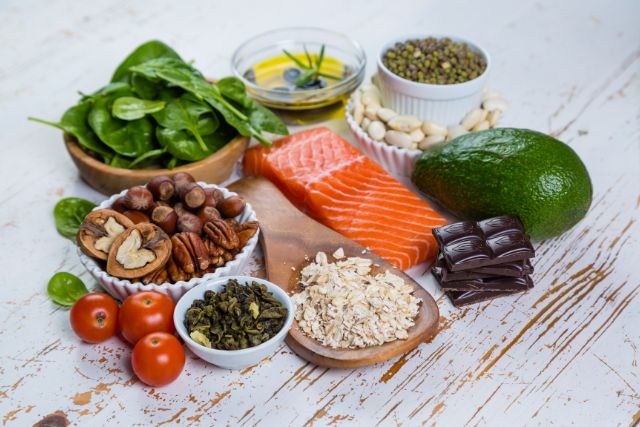
- Diabetes-Friendly Nutrition: Smart... 08.12.2024
-
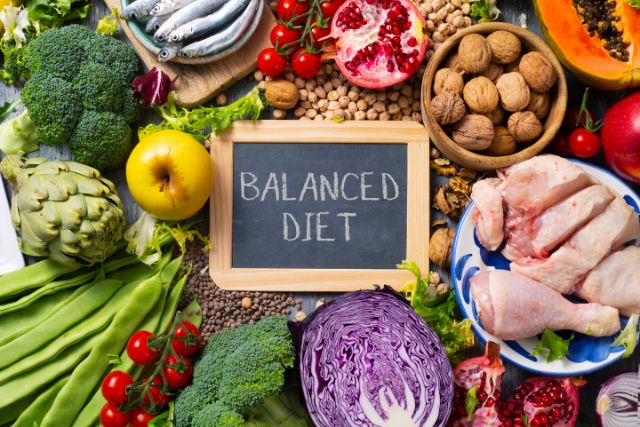
- Nutrition for Chronic... 08.12.2024
-
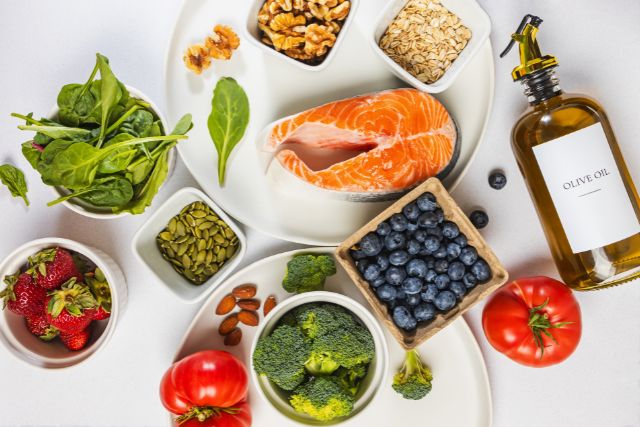
- Anti-Inflammatory Diet: Food... 08.12.2024
-
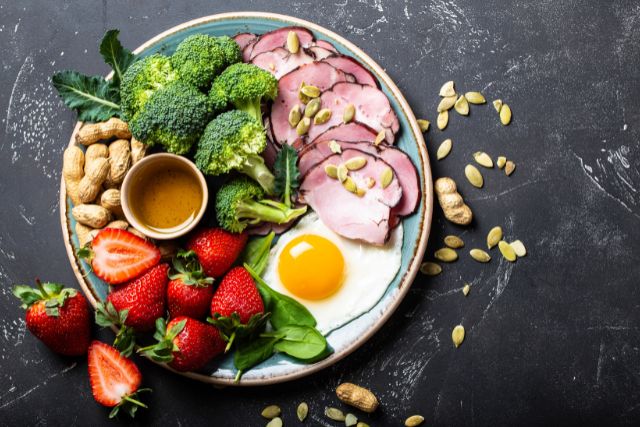
- Low-Sodium and Heart-Healthy:... 08.12.2024
-
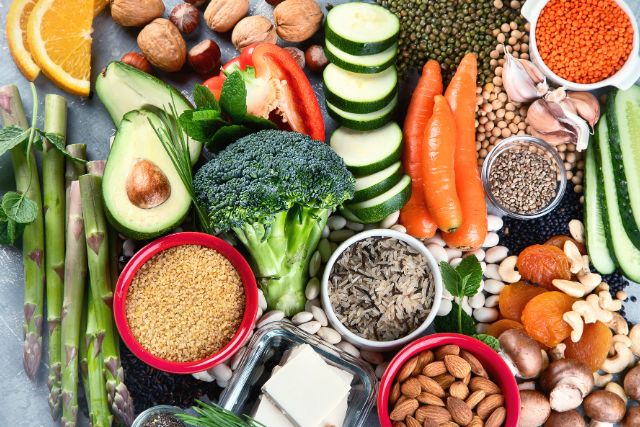
- Plant-Based Diets for... 08.12.2024
Mastering the Art of Cooking Fresh Vegetables: Tips and Tricks
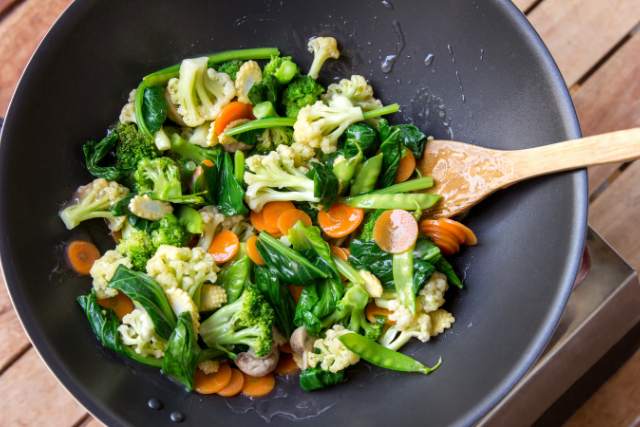
What type of artistic abilities do you possess? Do you like the process of design? Any drawings? What about paintings? Or is there anything else? Suppose you like making art and eating simultaneously. In that case, you can use your openness to new experiences and creative abilities by following these guidelines for preparing fresh veggies in the kitchen.
Cooking veggies, however, may be challenging because most of these foods are greens. There are instances when you could be undercooking it, and there are also moments when you might be overcooking it. It depends on the cooking technique that you choose. Since we will be concentrating on the hints and suggestions associated with this subject, I will share some of them with you so that you may put them into practice the next time you prepare vegetables. Be very cautious at all times while carrying out the steps, and remember to have pleasure in the preparation process.
Don't Cram Too Many Ingredients Into the Skillet
Slicing the vegetable as thinly as possible, heating oil in a skillet over medium-high heat, and then sautéing the vegetable until it is soft is a method that can be used for almost any vegetable. If you enjoy garlic, sprinkle some on top before finishing with salt from the sea. Is that not the case? If, on the other hand, you want the sautéed veggies to have an authentic flavor rather than a passable one, there is a tip you need to be aware of: be sure not to crowd the pan.
Make sure you use a large pan, and while sautéing veggies, cook just one layer at a time. As they cook, softer vegetables like zucchini and mushrooms leak water into the cooking process. Suppose you put an excessive amount of vegetables in a skillet at once rather than sautéing them to a golden brown color. In that case, they will steam in their liquid and become mushy.
Try some roasting.
Roasting is the simplest way to use leftover veggies, so if you're not in the mood for a large batch of "clean out the fridge soup," this is the method to use instead. Make it a weekly ritual to roast any veggies that are beyond their best for salads by using a sheet pan full of them in the oven. Roasted veggies make a flavorful side dish that can be enjoyed with any dinner, and they are an excellent addition to any Big-Ass Salad you take for lunch the following day.
More Effective Steaming
Steaming veggies is an excellent option for hectic weeknights since it is easy and fast. Always set a timer while steaming since the significant danger is getting food too soggy, which is regrettably how most of us think of steamed veggies. Stop steaming the vegetables before they go entirely mushy; they are ready when there is still a little crunch. The majority of vegetables need five to ten minutes. The more difficult vegetables, such as sweet potatoes, carrots, and squash, need 10 to 20 minutes to steam. Steaming the various kinds of veggies in their batches produces the greatest results.
The Grill Can Be Used for More Than Just Meat
If you use the grill for the meat portion of the dinner, it also makes sense to cook everything on the grill. The smokey taste and charred edges that can only be achieved on a grill are beautiful additions to various veggies, including zucchini, sweet potatoes, and kale. Certain veggies are simpler to grill than others, but with a few pointers, you can grill almost anything that is not an animal.
Preparing softer veggies like mushrooms, zucchini, onions, and bell peppers is easy. You may skewer the meat after cutting it into little bits or cut it into long, broad slices that won't slip through the grates. Cook on the grill until it is soft and has a charred flavor.
The simplest cooking method is giving tough veggies a head start before placing them on the grill. Before being grilled, vegetables with a firm texture may be brined. Alternatively, you could boil the veggies first before grilling them. Potatoes, both ordinary and sweet, carrots, beets, and other root vegetables may be sliced into medium bite-sized pieces and then cooked in water until they are barely soft. After draining the vegetables, tossing them with oil and salt, and finishing them off on the grill, you can expect them to become fully tender.
The addition of significant flavor comes from boiling veggies in broth rather than water.
You can simply turn on the tap when you need a liquid cooking medium for your vegetables. This is such an essential piece of advice that it could seem to be ridiculous. Still, it's also something that comes naturally to most people. Bored vegetables are generally less exciting and less nutritious than other preparation methods (since many vitamins and minerals are lost in the cooking water). Still, there are instances when boiling is the best option.
When cooking greens over low heat for mashed potatoes, boiling potatoes for mashed potatoes, or braising carrots, adding stock or broth instead of plain water will add a significant flavor. If you employ this tip with a recipe that asks for water in the first place, however, you may find that the completed meal requires less salt than you anticipated; thus, you should taste your vegetables before adding any spice. You may also keep your extra-flavorful broth left behind for a fast soup later; let it cool down and then freeze it if you don't intend to use it within the next week.
You may even roast veggies that have been frozen.
Even if it's only for those times when you don't want to spend an additional second washing, peeling, and slicing fruit but you sorely need some roughage — or when you discover your crisper drawer empty between shop excursions - frozen veggies are worth keeping around and should be stocked in your pantry. Even though heating frozen vegetables in the microwave is probably the most frequent method, you may spice things up by roasting them in the oven if you find that method a little too dull.
They will be softer than if you began with raw vegetables. However, you can still obtain those caramelized edges that the microwave will never be able to give you. The secrets to achieving crispy pieces are to warm your baking sheet without lining it in the hot oven (an effective technique for roasting fresh vegetables) and to cover your frozen vegetables in oil fully; there is no need to defrost them beforehand. Remember that steam is your enemy here, so avoid crowding the pan.
When you salt your veggies, it is an important consideration.
Salt is necessary for bringing out the tastes in food; nevertheless, adding salt may impact the cooking process and, as a result, the texture and flavor of the meal you prepare after it is completed. In the case of vegetables, the density of the vegetables and the amount of moisture they contain, in addition to how they are cooked, are significant factors in determining the optimal time to add salt.
The New Baguette recommends that you refrain from salting the food straight immediately while sautéing more delicate and watery produce such as zucchini, peppers, or onions. The salt will suck moisture out of the crop, which will cause the vegetables to steam and prevent caramelization. Salting some vegetables, such as eggplant or cabbage, at least ten minutes or so in advance is recommended by many recipes. This is done to remove excess moisture from the product before it can come into contact with heat and convert it into steam.
Disclaimer: Please note that the material presented in this article is intended only to provide general information. The material in this article was gathered from various sources; nevertheless, we do not claim ownership of any rights associated with the contents and information presented on the site. The original owner retains ownership of any rights. If symptoms persist, consult your doctor.
Sources:





